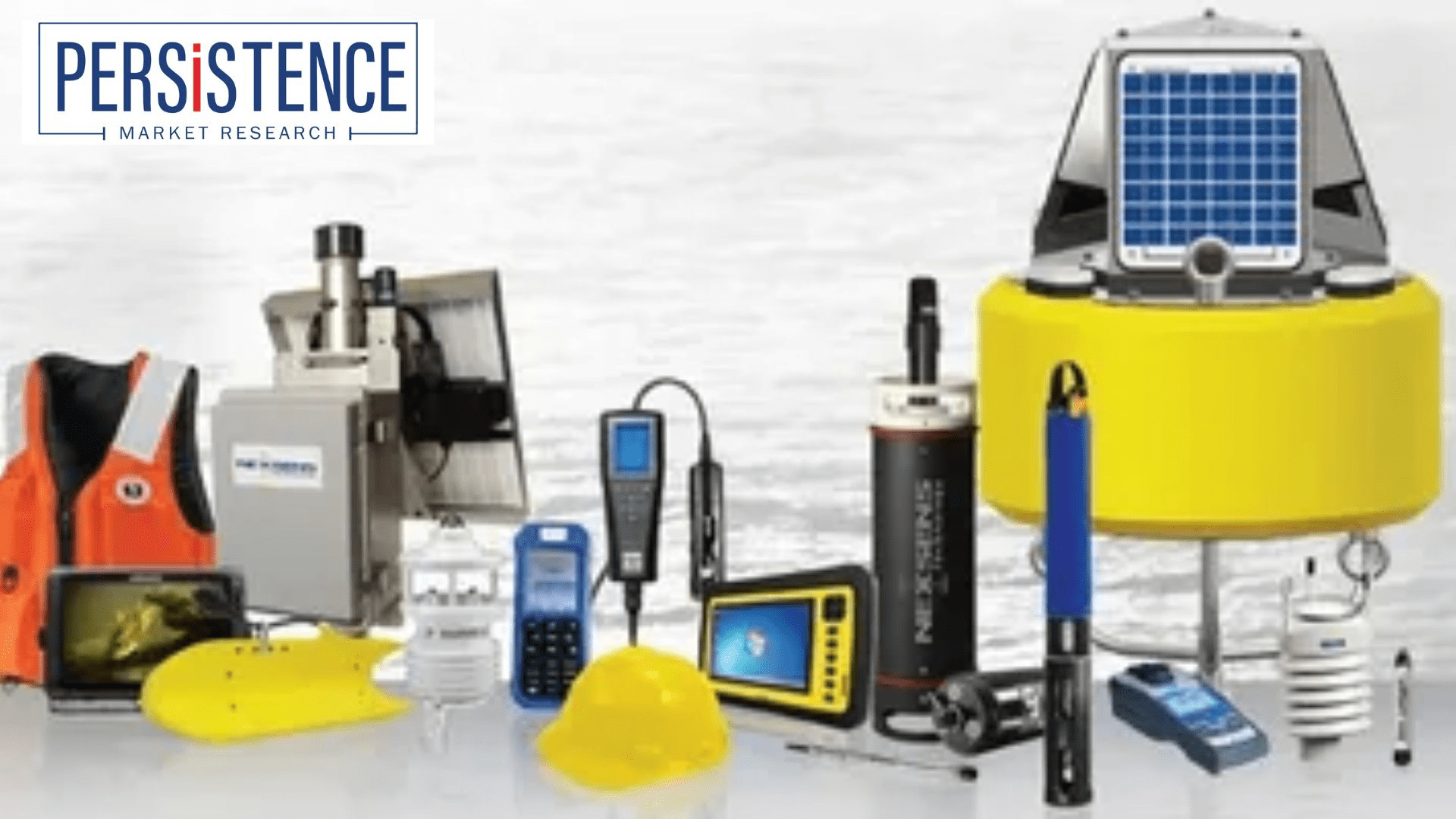In industries like construction and mining, where explosive blasting is frequently used for breaking ground and clearing terrain, safety is paramount. To mitigate risks and comply with environmental and safety regulations, companies increasingly rely on blast monitoring equipment. This advanced technology measures ground vibrations, air pressure, and other blasting effects, enabling safer, more efficient operations while minimizing harm to both personnel and the environment.
What Is Blast Monitoring Equipment?
Blast monitoring systems consist of tools like seismographs, air pressure sensors, and accelerometers. These devices capture essential data such as Peak Particle Velocity (PPV), airblast levels, and vibration frequencies during each blast phase—before, during, and after detonation. Modern systems also include integrated software that enables real-time monitoring, remote access, and automated data logging to ensure regulatory compliance and streamlined operations.
The Importance of Blasting Safety
Blasting presents risks such as ground collapse, airborne debris, structural damage, and potential injury or loss of life. Overblasting can escalate these dangers by producing excessive vibrations and pressure that harm nearby infrastructure and ecosystems. Thus, blast monitoring is not just about meeting legal requirements—it’s a fundamental part of risk management and operational responsibility.
Key Safety Benefits
One of the most impactful advantages of blast monitoring equipment is its real-time data collection. This allows site managers to adjust blast size, timing, and technique to prevent overblasting and reduce the risk of structural damage. Moreover, the data helps prove adherence to safety guidelines, shielding companies from penalties or shutdowns.
Advanced systems also provide predictive insights using historical data and AI, enabling engineers to proactively tweak blasting strategies for better safety outcomes.
Emergency Response and Real-Time Alerts
Blast monitoring systems play a vital role in emergency response. Should a blast exceed acceptable thresholds, automated alerts can trigger immediate investigation, helping to prevent further hazards like land shifts or structural failures. Remote monitoring even enables off-site experts to intervene in real-time—essential for expansive or isolated project sites.
Minimizing Environmental and Community Impact
Beyond job-site safety, monitoring helps reduce community and environmental disruptions. By maintaining blast activity within safe thresholds, companies prevent noise pollution, water contamination, and disturbances to nearby residents. Sharing transparent data with stakeholders builds trust and ensures long-term project viability.
Legal Compliance and Risk Mitigation
Global regulatory agencies require strict monitoring of blast-related effects. By implementing blast monitoring equipment, companies maintain accurate records to validate compliance and protect themselves against legal disputes in the event of property damage or injury claims.
Training and Knowledge Enhancement
Blast data also serves as a critical learning resource. Reviewing past data helps identify procedural gaps or unsafe practices, refining training programs and improving blast planning. It offers newcomers practical, data-driven insights into safe blasting methods.
Smart Integration for Future Readiness
Modern blast monitoring systems now integrate with technologies like GPS, IoT, and cloud computing. This connectivity allows for seamless data sharing across teams and improves decision-making. Features like real-time alerts, mobile dashboards, and cloud reporting ensure rapid issue resolution and enhance project coordination.
Financial Benefits of Monitoring
Neglecting to use monitoring equipment can result in heavy costs—injuries, penalties, damaged equipment, and lost productivity. In contrast, investing in such systems can lead to insurance benefits and long-term cost savings by reducing risk profiles.
Final Thoughts
In explosive operations, safety cannot be compromised. Blast monitoring equipment is not merely a compliance tool—it’s a strategic asset. It ensures safer blasts, protects communities, and positions companies as responsible and forward-thinking. As the technology evolves, its importance in achieving safer, smarter, and more sustainable blasting operations will only grow.
Investing in blast monitoring is not an option—it’s a necessity.

